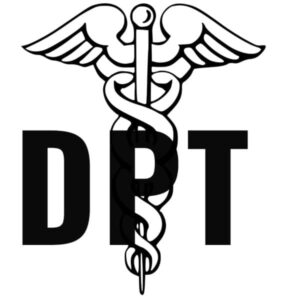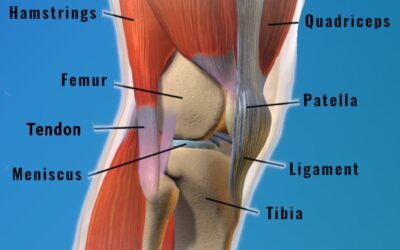Are Physical Therapists Doctors? In most cases, the answer is YES!
The first doctorate-trained physical therapists in the United States graduated in 1996. Since 2016, the accreditation agency for Physical Therapy Education, CAPTE, has made DPT or Doctor of Physical Therapy a required degree for all its accredited entry-level physical therapist education programs. (centennial.apta.org). Read more about Emerging trends and advancements in this article .
Many professions use the title doctor, including physicians, surgeons, chiropractors, dentists, podiatrists, optometrists, veterinarians, and professors. The DPT degree is a clinical doctorate designed to develop competency in students and prepare them to enter clinical practice. It is different from a PhD that focuses on research and the development of scholarly work.
Required Study for Physical Therapist
- Complete a bachelor’s degree related to health science, exercise, and/or sports.
- Some graduate programs require specific prerequisites, such as undergraduate courses in physics, kinesiology, biology, chemistry, physiology, and anatomy.
- Complete an accredited Doctor of Physical Therapy (DPT) program.
- Doctoral programs begin with didactic courses in pathophysiology, imaging, biomechanics, anatomy, and more.
- During subsequent years of the program, students enter the clinic for hands-on rotations supervised by a clinical instructor.
- Pass the National Physical Therapy Examination given by the Federation of State Boards of Physical Therapy.
- Most states require that practitioners not only to pass the National Exam but also meet additional State criteria, including continuing education.
Optional Advanced Studies and Specialization may include:
- Clinical Residency with additional training, coursework, and clinical experiences.
- May also include Fellowship Programs.
- After gaining work experience in the field, physical therapists have the opportunity to become Board-Certified clinical specialists in specific areas through the American Board of Physical Therapy Specialties (ABPTS).
What about physical therapists before 1996?
Physical therapists who graduated before 1996 or who were in programs that did not offer the DPT may by practicing with a bachelor’s degree (PT) or master’s degree (MPT) and have been “grandfathered” in the profession. This is similar in other healthcare professions like nursing that can still be licensed with an associate’s degree in nursing despite colleges or universities widely adopting the bachelor in nursing. Most universities offer a transitional program for physical therapists seeking to advance their title from PT or MPT to DPT.
What is the training of a physical therapist?
Doctors of physical therapy undergo approximately three years of post-graduate training before going into clinical practice. The DPT curriculum includes: anatomy, biology, cellular histology, physiology, exercise physiology, biomechanics, kinesiology, neuroscience, pharmacology, pathology, behavioral science, communications, ethics/values, clinical research, and imaging. (apta.org)
The focus of this extensive coursework is to develop healthcare clinicians who can evaluate individuals suffering from disease or injuries. And to develop a comprehensive rehabilitative program to assist in restoring their health and function. Physical therapists utilize a combination of exercise, manual therapy, and modalities to treat patients and are viewed as movement experts in the medical field. See Modern physical therapy for more information.
Should I call my physical therapist Doctor?
Although many physical therapists have the title Doctor, most do not introduce themselves as such. Usually, physical therapists will introduce themselves simply by their first name when working with patients. Frequently, physical therapists may become close to their patients.
This familiarity is created by the intimate nature and the frequency of treatments. Treatments may be multiple sessions per week for sometimes months or on and off for years. The clinician-patient rapport built during this time can disintegrate the need for titles. However, in other settings such as teaching, research, or presenting, a physical therapist will usually use the title of Doctor as it exhibits his or her level of expertise.






0 Comments